Design of a Simple Battery Automatic Constant Current Charging Circuit
0 Introduction With the explosive growth of the digital industry, more and
more high-tech digital products appear on the market, all of which are
inseparable from rechargeable batteries, especially Ni-MH rechargeable
batteries, which are the main varieties of large-capacity batteries at present.
It is widely used in communication, transportation, electric power and other
departments, and it is also used in other smart instruments...
0 Preface
With the explosive rise of the digital industry, more and more high-tech
digital products have appeared on the market, all of which are inseparable from
rechargeable batteries, especially Ni-MH rechargeable batteries, which are
currently an important type of large-capacity batteries. They have been used in
communications, Transportation, electric power and other departments are widely
used, and it is also the most commonly used backup battery in other smart
meters, and the battery cannot be separated from the charger. This article
introduces an automatic constant current charging circuit for batteries based on
discrete components. The composition, structural characteristics, working
principle and adjustment of the circuit are expounded emphatically.
1 The general design idea of the circuit
The overall block diagram of the simple battery automatic constant current
charging circuit is shown in Figure 1. It is composed of transformer rectifier
circuit, constant current circuit, automatic power-off circuit, display circuit
and power supply circuit.
Low temperature lithium iron phosphate battery 3.2V 20A -20℃ charge, -40℃
3C discharge capacity ≥70%
Charging temperature: -20~45℃ -Discharging temperature: -40~+55℃ -40℃
supports maximum discharge rate: 3C -40℃ 3C discharge capacity retention
rate≥70%
Click for details
The function of the transformer rectification circuit is to convert the
220V alternating current in the public grid into suitable current and voltage
signals, so as to supply signals for subsequent circuits. The function of the
constant current generating circuit is to use the transistor current source to
generate a constant charging current for the circuit. The function of the
automatic power-off circuit is to use the voltage characteristics when the
triode is saturated and turned on, so that the circuit can automatically cut off
the power supply when the battery is fully charged. The function of the display
circuit is to use light-emitting diodes to display the state of the circuit
starting and ending charging. The function of the regulated power supply circuit
is to supply DC voltage to all the above circuits.
1.1 Design of Transformer Rectifier Circuit and Power Circuit
Transformer rectifier circuit and regulated power supply circuit (shown on
the left side of the dotted line in Figure 2), which are mainly composed of
transformers, diode bridge circuits, and capacitors. Among them, the transformer
adopts a conventional iron-core transformer, and converts the 220V AC in the
public grid into 12V AC, and then rectifies and filters with capacitor C1
through a diode bridge circuit. The rectified signal is drawn out by VC1. On
this basis, connect the three-terminal regulator CW7812 and capacitors C3 and C4
(as shown on the right side of the dotted line in Figure 2), so that the whole
circuit constitutes a regulated power supply circuit. Point B supplies +12V DC
voltage.
1.2 Design of constant current circuit
As shown in Figure 3, the transistor current source composed of Zener tube
VZ1, transistor VT1, resistor R1, and capacitor C2 supplies a constant current.
The voltage of the Zener tube is 5V, and R1 is 51Ω. At this time, IC≈100mA, as
the circuit recharging current.
Low temperature high energy density 18650 3350mAh-40℃ 0.5C discharge
capacity ≥60%
Charging temperature: 0~45℃ Discharging temperature: -40~+55℃ Specific
energy: 240Wh/kg -40℃ discharge capacity retention rate: 0.5C discharge
capacity≥60%
Click for details
1.3 Design of automatic charging detection circuit and indicating
circuit
As shown in Figure 4, the automatic power-off circuit is composed of
transistor VT2, voltage follower A1, voltage comparator A2, resistors R4, R5,
R6, R7, R8, R11 and variable resistor Rp1. When charging starts, the voltage
comparator outputs a high level, VT2 is turned on, VT1 is also turned on, and
the indicator light-emitting diode is on to charge the battery. You can first
set the transfer switch to 1 to charge one battery, and when the transfer switch
is 2 to charge the second battery, and so on to realize the charging of 1-4
batteries. When the battery is fully charged, the voltage comparator outputs a
low level, VT2 is cut off, VT1 is not turned on, the light-emitting diode is
off, and the charging is complete.
2 Simple charger general circuit schematic diagram and component list
2.1 General circuit schematic diagram of simple charger
The general circuit diagram of the simple battery automatic constant
current charging circuit is shown in Figure 5. It is composed of transformer
rectifier circuit, constant current circuit, charging detection circuit, display
circuit and power supply circuit. What should be paid attention to in the
general circuit diagram is that the connection between each unit circuit must be
accurate, and the layout of each part must be reasonable.
2.2 List of components
The list of components used in this design is shown in Table 1.
3 Conclusion

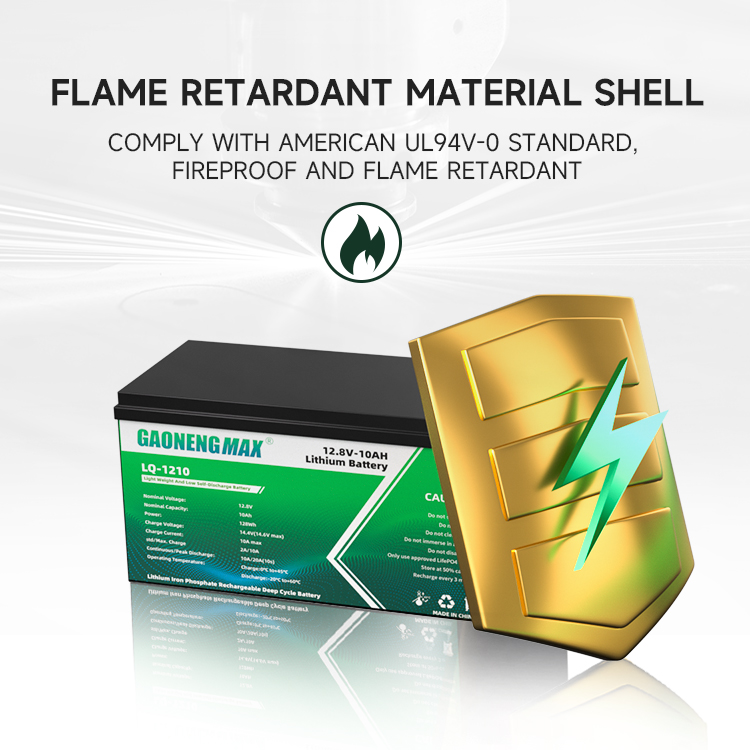
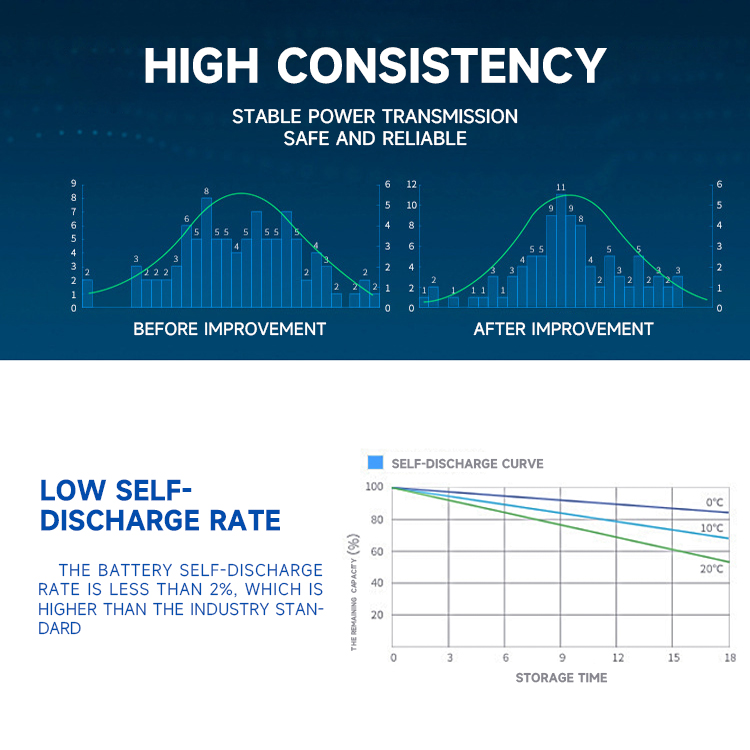


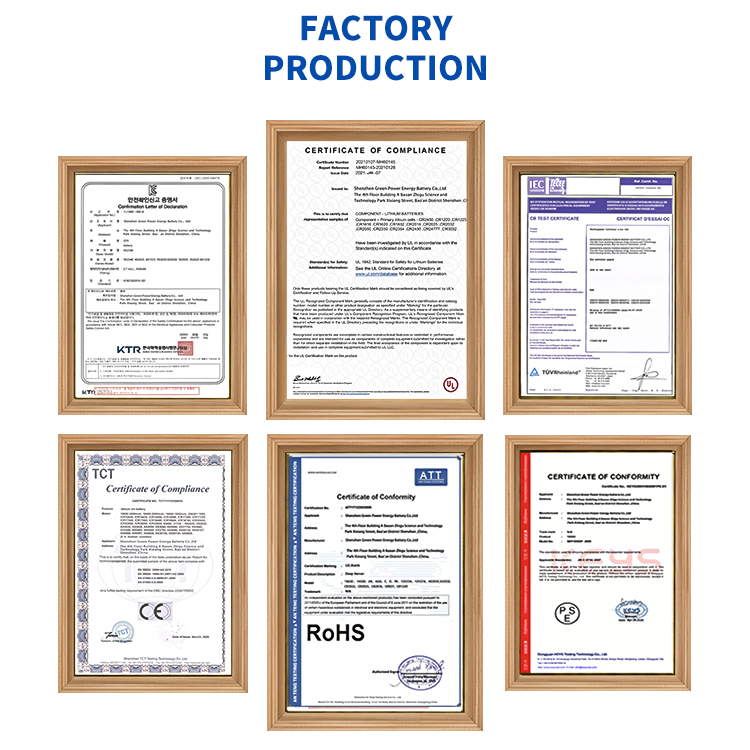
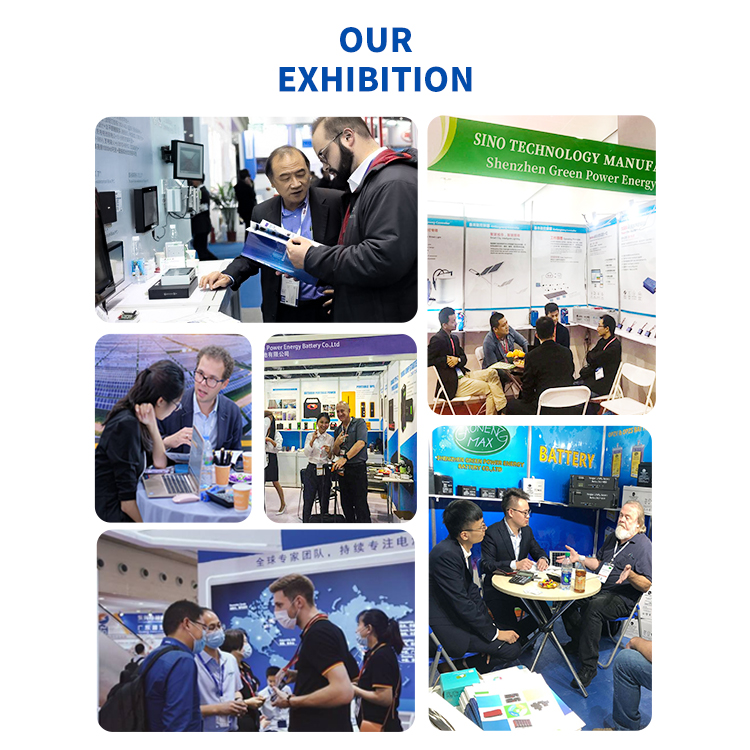
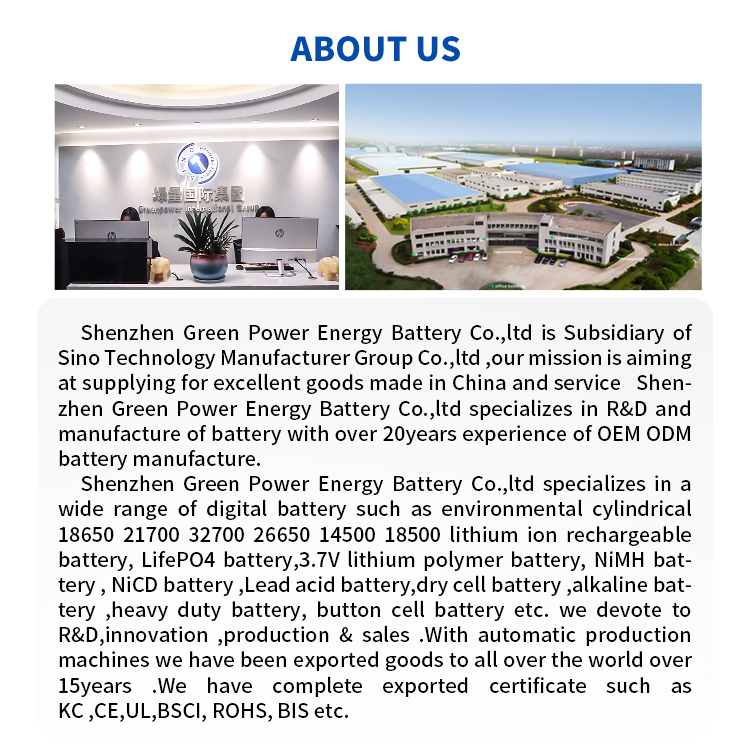































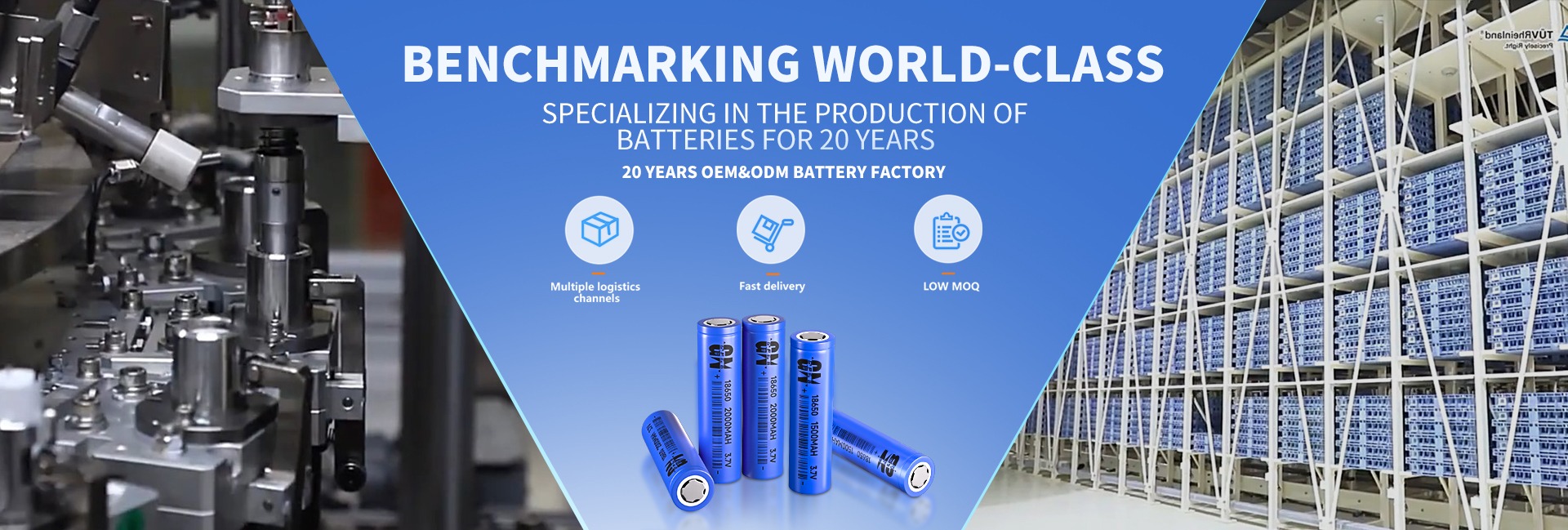
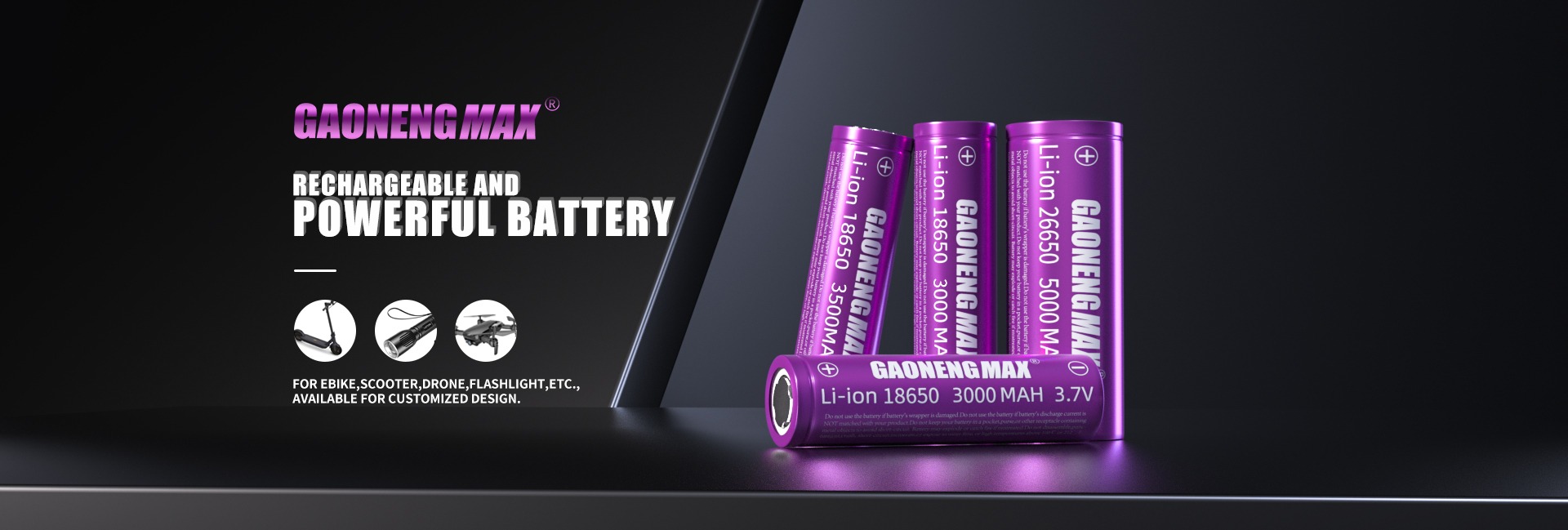
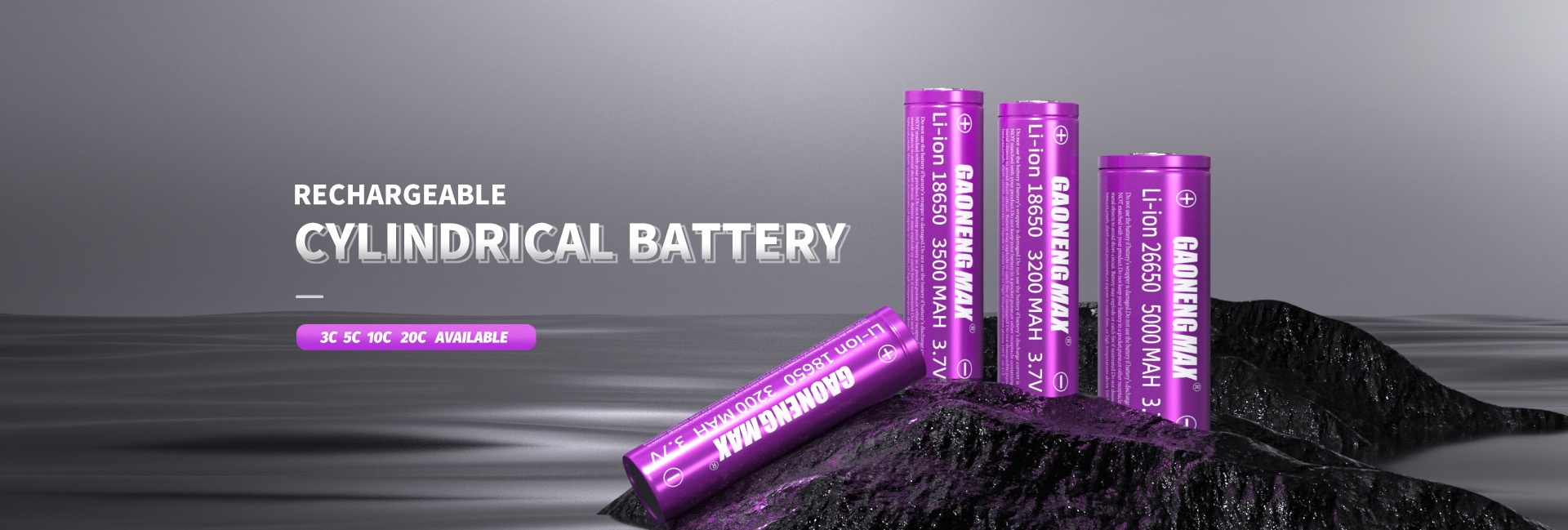
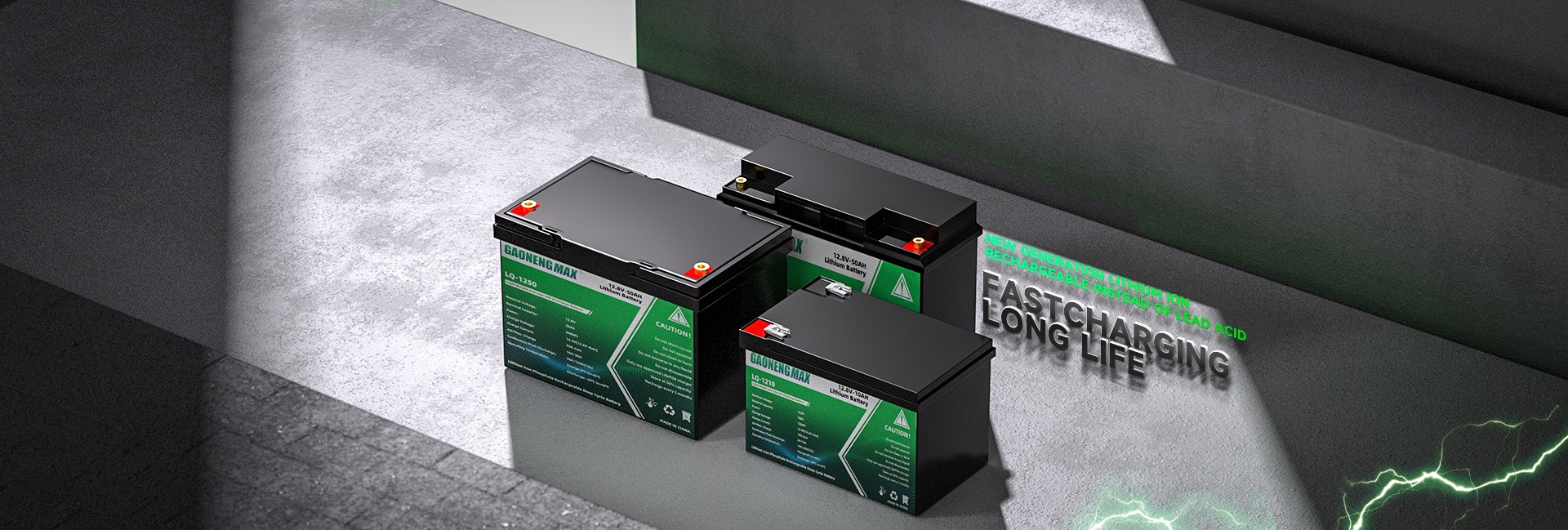



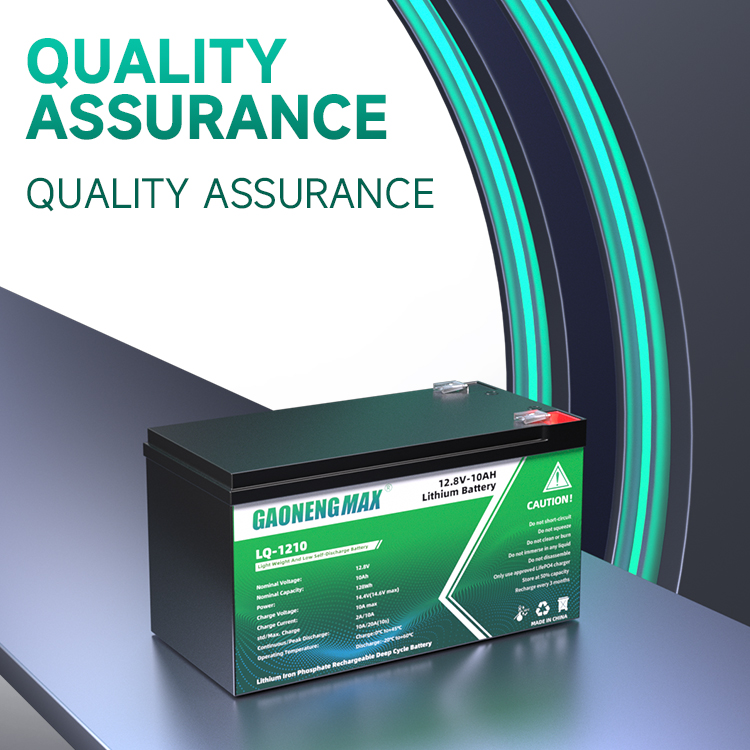


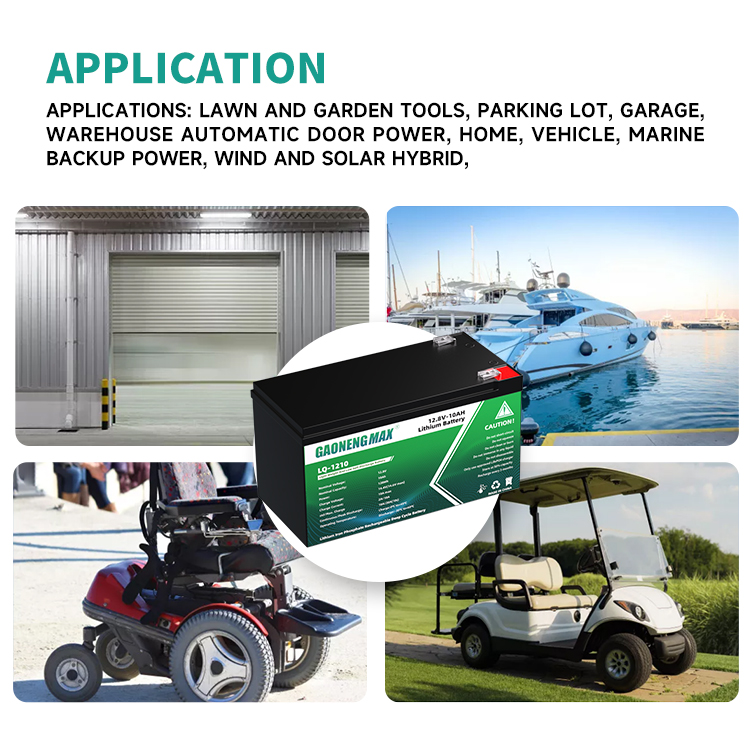











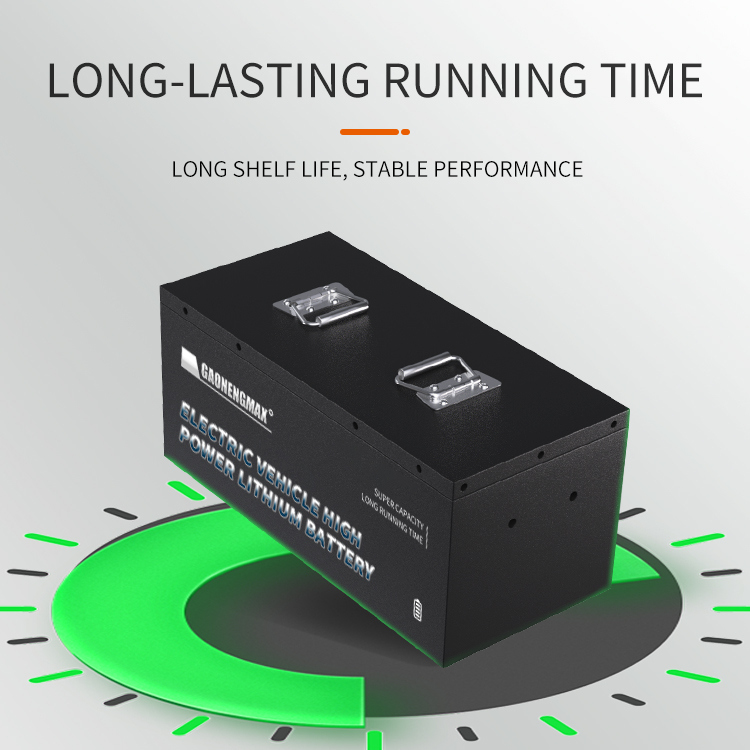




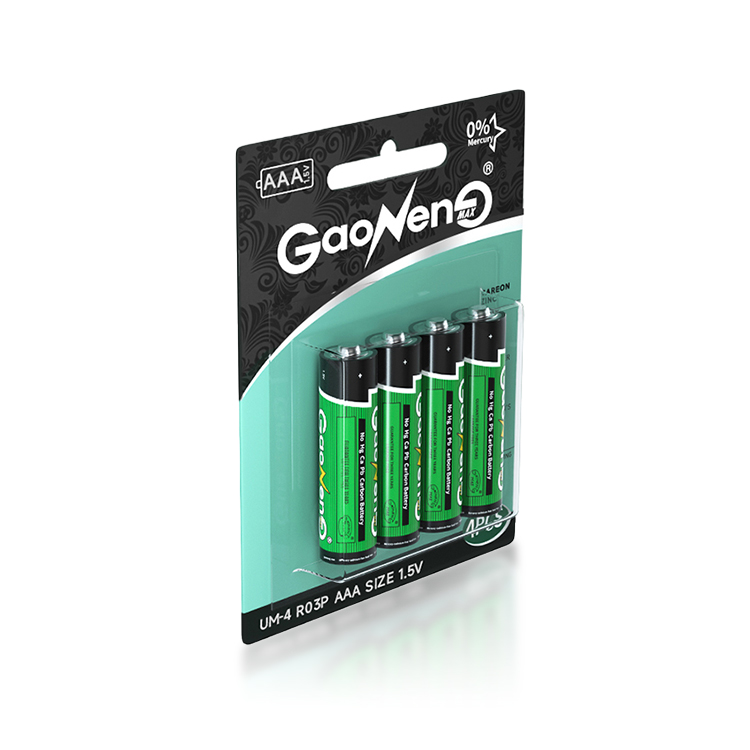

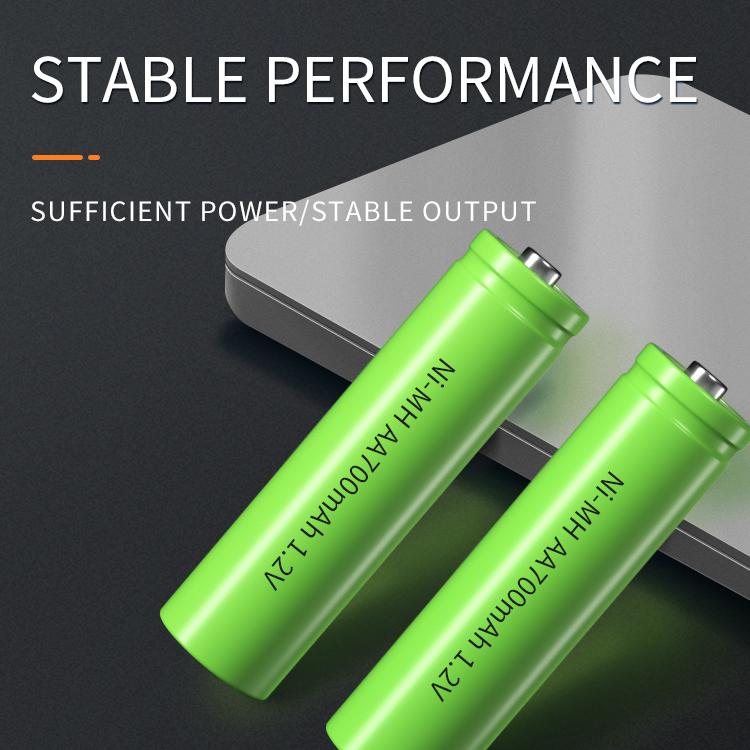
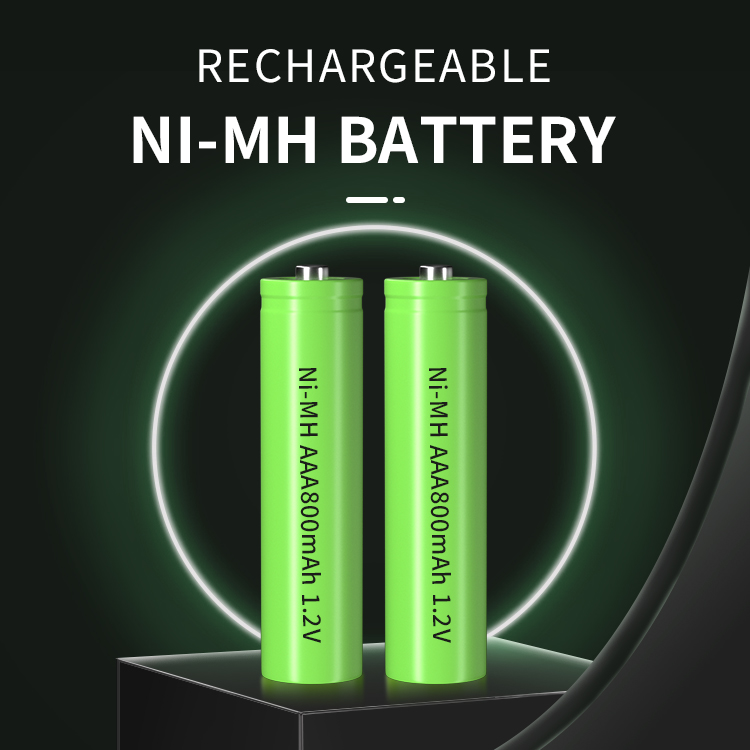
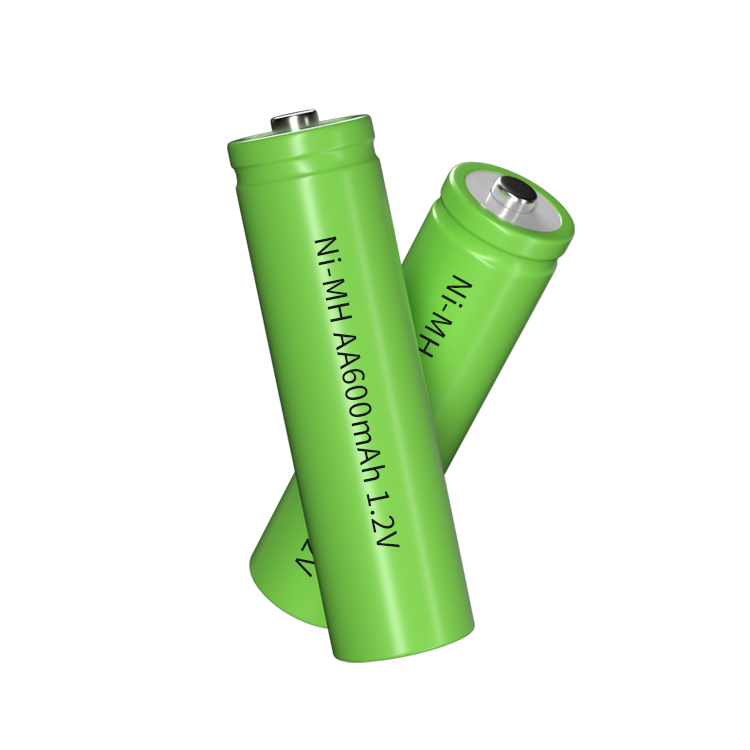



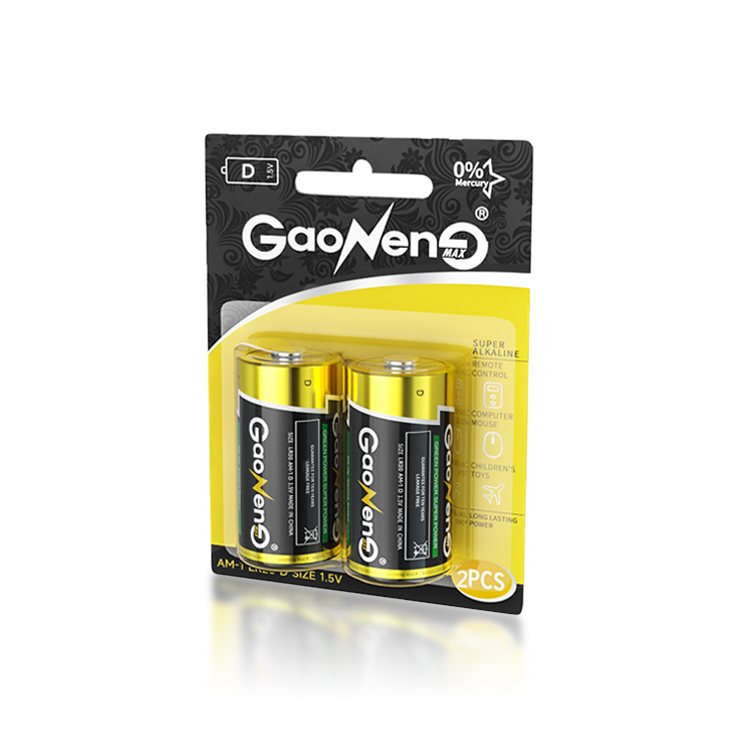

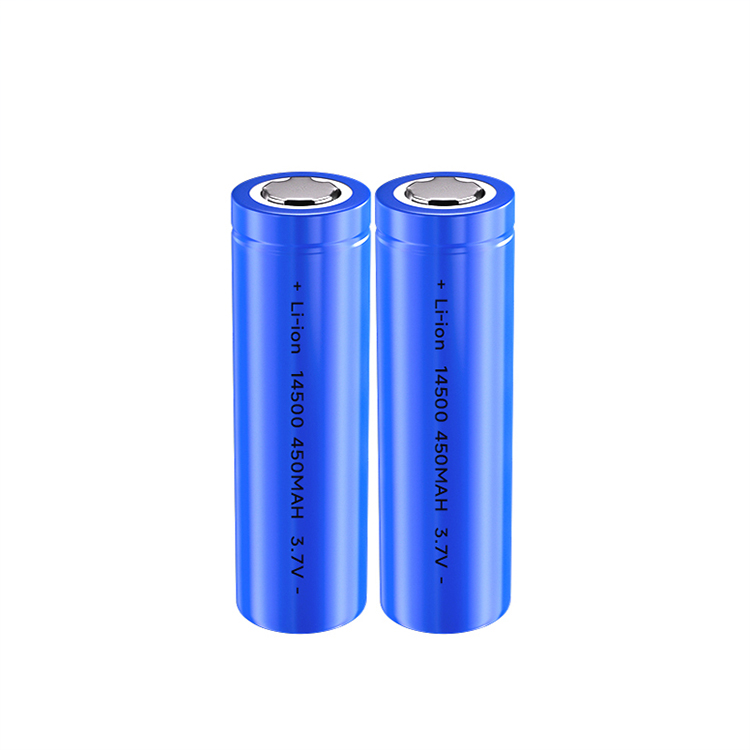


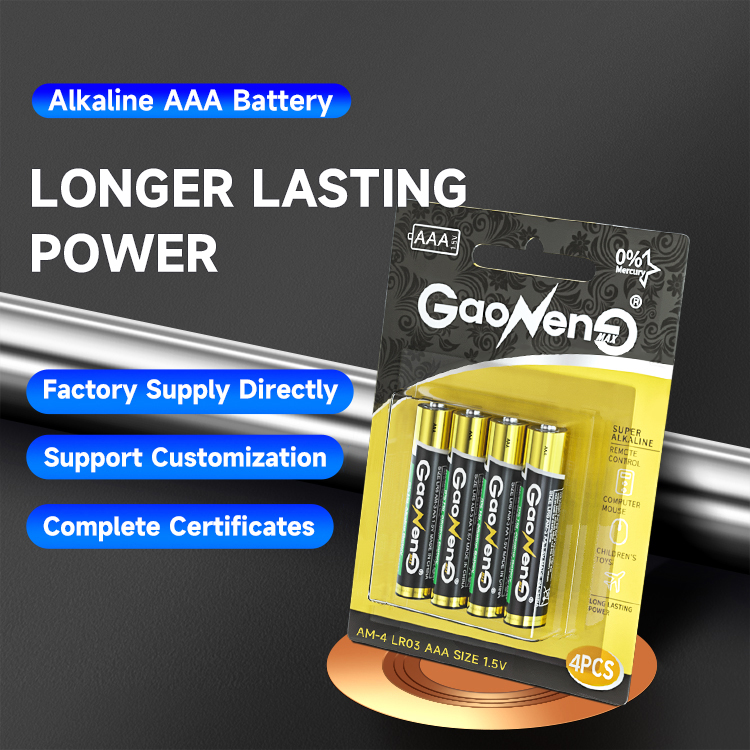










 360° FACTORY VR TOUR
360° FACTORY VR TOUR
 Whatsapp
Whatsapp
 Tel
Tel Email
Email TOP
TOP